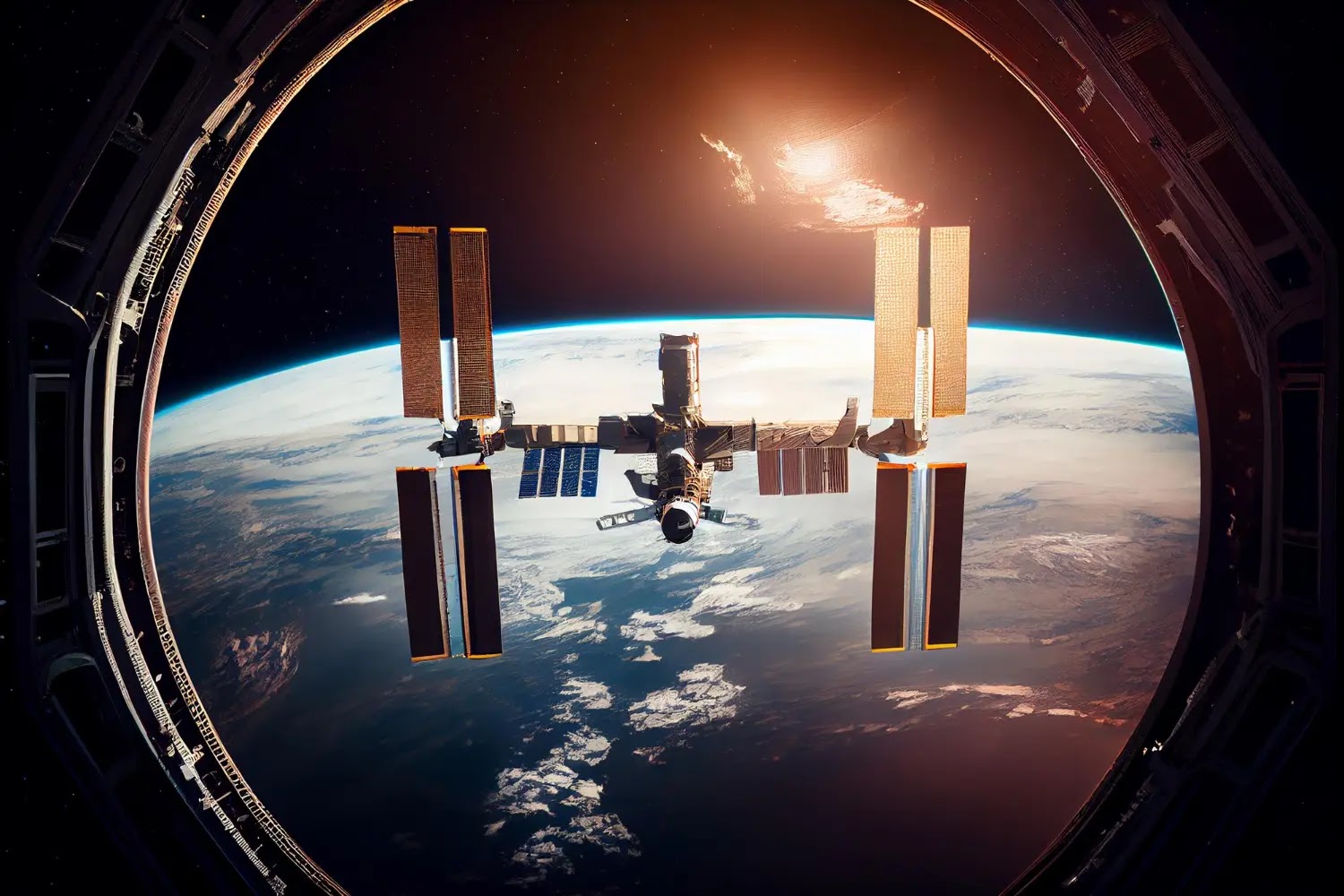Solar energy could help make space travel more fuel efficient.
In August 2022, a NASA probe named SIK will launch to explore a giant metal asteroid named SIK 16, to help scientists learn more about how planets form.
How SAIC reaches its goal, however, will be different than what happens on typical NASA missions. Solar energy will enable SAIC to go into deep space by building on technologies developed in other missions, including Dawn and Deep Space.
If this method proves successful, it could usher in a new era of fuel-efficient probes, whether in space exploration or commercial missions.
Chemical energy is still the main fuel used in space travel
Electricity is not used in conventional space travel; instead, the movement through space is accomplished through chemical interactions between mixtures of liquid fuels.
But SAIC will rely on two huge solar arrays to convert solar energy into electricity that powers four ion jets.
This electricity will convert tanks of xenon gas (the same gas used in car headlights) into xenon ions, and the four SYC jets will spew out these ions to gently propel the spacecraft towards the asteroid, which orbits Mars and Jupiter at a distance of more than 2.4 billion kilometers from Earth.
While other spacecraft have used solar energy to power their instruments, such as Lucy, SAIC will be one of the first NASA deep space missions to use solar energy to power both onboard operations and propulsion.
Paolo Lozano, director of the Space Propulsion Laboratory at MIT, says SAIC may lay the groundwork for increased reliance on solar energy in space exploration. Ultimately, this technology could help us study multiple celestial bodies for longer periods, and it could also make manned missions beyond Earth's orbit easier and less expensive.
In fact, according to Lozano, "this mission may create new opportunities for commercial space exploration and investment." And because a solar-electric spacecraft requires less fuel than a spacecraft that relies on chemical reactions for propulsion, it has more space on board to carry more payloads, science equipment, and maybe one day astronauts.
Solar energy and space travel prospects
Accion Systems is developing more efficient ion jets for CubeSats, as well as larger satellites and other spacecraft. Solar propulsion technology has become commonplace in satellites in Earth's orbit, but it is not yet powerful enough to replace chemical-reaction engines and be used on spacecraft heading into deep space.
But developments in solar electric propulsion technology will change this. SAIC's technology passed its first big test on the Dawn spacecraft, an exploration vehicle that relies on solar energy and ion jets. Ultimately, Dawn shut down while orbiting the dwarf planet Ceres (where it will remain in orbit for several decades) in 2018, three years after the mission's hypothetical end.
These jets can operate for several years without running out of fuel, but they provide relatively low thrust compared to conventional propulsion technologies.
Psych mission
The SAIC jets will be able to generate thrust three times as strong as the previous jets, and about a year after launch, the vehicle will get some help from the gravitational pull of Mars to change its course before it reaches its final destination in 2026.
After that, SAIC will spend just under two years orbiting the asteroid.
Its mission is to study the asteroid's iron core to determine whether it contains the same elements found in Earth's high-pressure core, which could help researchers better imagine how planets form. Although we cannot directly see the Earth's core, SAIC will use the Multispectral Imaging System, a filter-based instrument with two cameras, to obtain high-resolution geological, compositional, and topographic data from the asteroid.
If it turns out that the nucleus of this asteroid is similar to the nuclei of small rocky planets, then scientists may be able to determine the possibility of common origins for all these objects. And given the belief of scientists that SAIC 16 (the asteroid) is the nucleus of a planet whose formation process failed, a closer look can secure more details about the formation of the inner part of the solar system.
In 2017, SAIC was selected as one of two missions in NASA's Discovery Program, a series of low-cost missions to several targets in the solar system. Arizona State University has been involved in the development of SAIC, which has been allocated a budget of about $450 million, to ensure that it can go all the way into deep space.
However, the further a spacecraft is from the Sun, the more difficult it is to capture sunlight using solar arrays, and the more difficult it is to power the ion jets. Therefore, SAIC must slow down once it passes Mars. To get further, the spacecraft may have to rely on nuclear thermal propulsion technology, which NASA is also developing.


Comments
Post a Comment